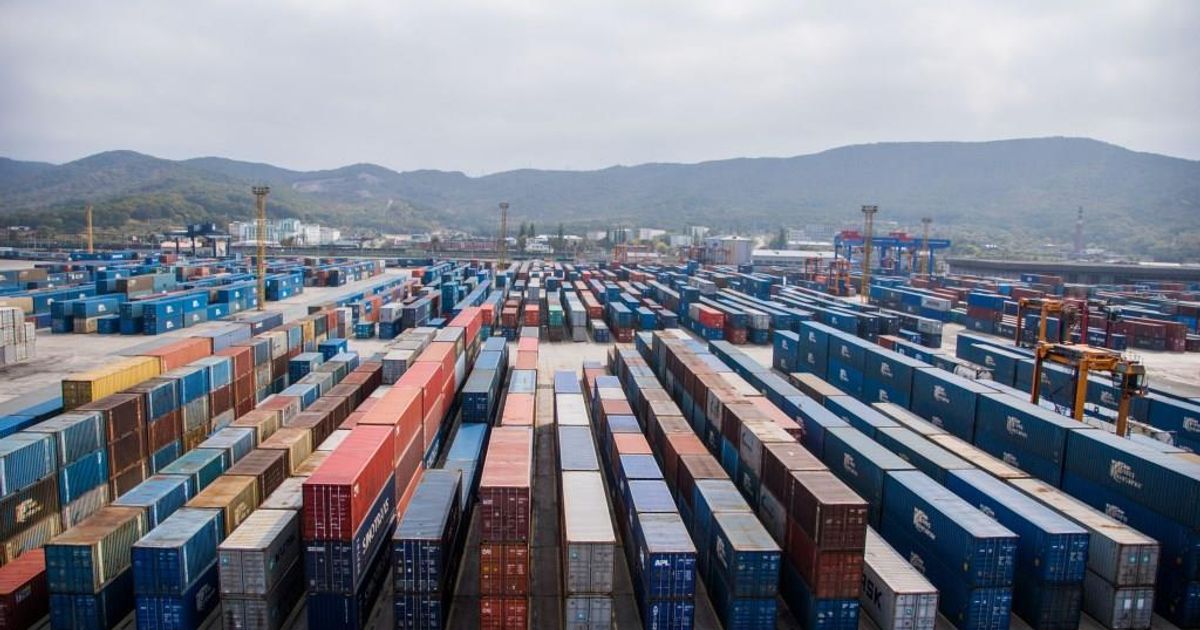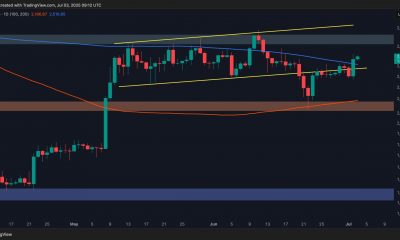Commodities
U.S. shipping companies increase shipments of uranium and palladium to the U.S. from Russia

In October 2022, U.S. shipping companies imported $732 million worth of goods from Russia – the highest amount in five months. Russian exports to the U.S. were limited to nuclear fuel, fertilizers, and platinum group metals
In October 2022, the United States imported $732.4 million worth of goods from Russia – 2.2 times more than in September ($332.1 million). This is the highest amount in monetary terms in the past five months, according to data from the U.S. Census Bureau. A disruption of such important shipments could hurt even the S&P 500 index.
Among U.S. shipments
In the spring of 2022, the U.S. banned imports of Russian oil and petroleum products, diamonds and seafood, and in the summer also imposed a 35 percent tariff on imports of Russian steel, certain aluminum products, rubber, wood, etc., which resulted in a five-fold drop in merchandise imports from Russia as compared to February’s figure of $2.6 billion.
As detailed data from U.S. authorities show, October shipments from Russia to the U.S. were effectively reduced to nuclear fuel, mineral fertilizers, and platinum group metals. These goods are not under sanctions, and U.S. importers are making the most of trade opportunities.
Russia stopped publishing customs and foreign trade statistics in February
Russia’s imports of enriched uranium (uranium fluoride) from the United States in October totaled $184.7 million, the highest since November 2016 (then it was $236.5 million). There were no shipments of uranium from Russia in September 2022, according to U.S. customs statistics.
Russia is the largest supplier of enriched uranium to the United States, accounting for more than a quarter of all imports of the product ($644 million) in January-October. During the same period the Netherlands shipped $569 million worth of enriched uranium to the United States, Germany $527 million and Great Britain $482 million (these shipments are believed to be in the interests of the URENCO corporation, which owns enrichment facilities in the Netherlands, Germany and Great Britain).
Earlier, we reported that large U.S. companies by market capitalization are beginning to think more about cutting investments and personnel – a survey.
Commodities
Oil prices rise; U.S. crude inventories plunge, Russia-Ukraine truce eyed
Commodities
India’s Reliance to stop buying Venezuelan oil over US tariffs, sources say
Commodities
Oil prices climb on Venezuela supply worries

 Forex3 years ago
Forex3 years agoForex Today: the dollar is gaining strength amid gloomy sentiment at the start of the Fed’s week

 Forex3 years ago
Forex3 years agoUnbiased review of Pocket Option broker

 Forex3 years ago
Forex3 years agoDollar to pound sterling exchange rate today: Pound plummeted to its lowest since 1985

 Forex3 years ago
Forex3 years agoHow is the Australian dollar doing today?

 Cryptocurrency3 years ago
Cryptocurrency3 years agoWhat happened in the crypto market – current events today

 World3 years ago
World3 years agoWhy are modern video games an art form?

 Commodities3 years ago
Commodities3 years agoCopper continues to fall in price on expectations of lower demand in China

 Economy3 years ago
Economy3 years agoCrude oil tankers double in price due to EU anti-Russian sanctions































